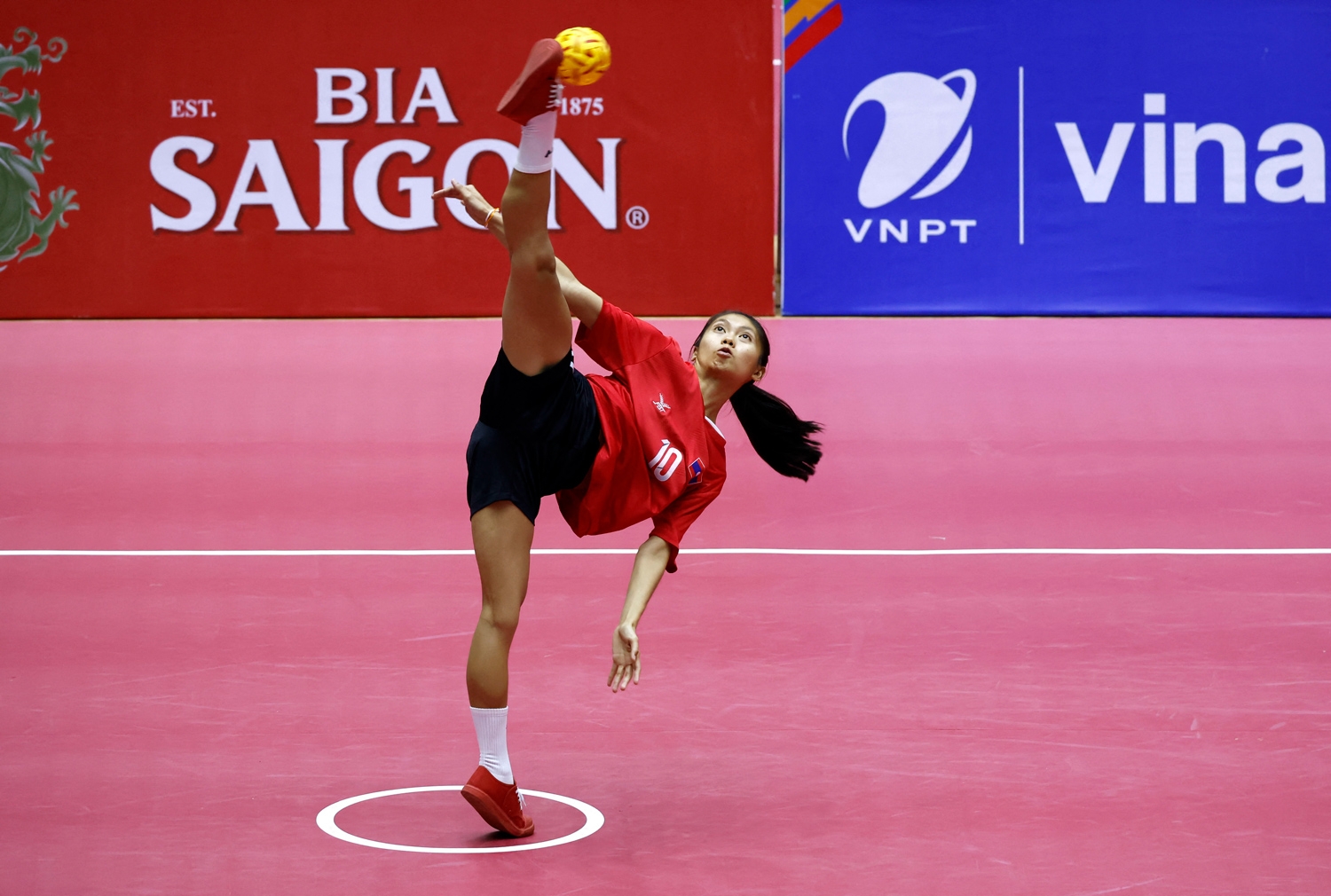Sepak Takraw: The Elegant Fusion of Skill and Athleticism

Sepak Takraw: The Elegant Fusion of Skill and Athleticism
Sepak Takraw, often referred to as kick volleyball, is a sport that blends the grace of martial arts with the athleticism of volleyball. Originating in Southeast Asia, particularly in Malaysia and Thailand, Sepak Takraw has garnered a passionate following globally for its unique gameplay and impressive displays of agility and technique.
Origins and Evolution
Sepak Takraw traces its roots back centuries, with early forms of the sport believed to have been played in the Malay Peninsula. The name itself is derived from Malay and Thai words: "Sepak" means kick, and "Takraw" refers to a woven ball. Originally played with a rattan ball, the sport has evolved with modern materials like synthetic fibers while retaining its traditional spirit.
Gameplay and Rules
Central to Sepak Takraw is the use of a rattan or synthetic ball, typically resembling a small woven basket, which players must keep in the air using any part of their body except their hands or arms. Teams consist of three players on each side of a net, similar to volleyball, and matches are typically played in sets.
Players showcase incredible acrobatic skills, executing precise kicks, jumps, and spins to maneuver the ball over the net and into their opponent's court. The sport demands agility, flexibility, and impeccable timing, making it a captivating spectacle for both players and spectators alike.
Cultural Significance
Beyond its technical aspects, Sepak Takraw holds cultural significance in Southeast Asia and beyond. It is not only a competitive sport but also a form of cultural expression and camaraderie. Tournaments and matches are often accompanied by traditional music and celebrations, reflecting the sport's deep-rooted cultural heritage.
Global Appeal and Recognition
In recent years, Sepak Takraw has gained recognition on the international stage, with efforts to standardize rules and promote the sport globally. It has been featured in regional and international sporting events, drawing attention for its fast-paced gameplay and the athleticism of its players.
Challenges and Future Outlook
While Sepak Takraw continues to grow in popularity, it faces challenges in achieving broader recognition and participation outside its traditional strongholds. Efforts to promote the sport through international competitions and grassroots initiatives aim to expand its appeal and attract new enthusiasts worldwide.
Conclusion
Sepak Takraw stands out as a sport that seamlessly combines athleticism, skill, and cultural heritage. With its origins deeply rooted in Southeast Asia, it has evolved into a global phenomenon that captivates audiences with its dynamic gameplay and impressive displays of agility. Whether played competitively or recreationally, Sepak Takraw embodies the spirit of sportsmanship and camaraderie, making it a beloved pastime for players and fans alike around the world. As its popularity continues to grow, Sepak Takraw promises to inspire a new generation of athletes and enthusiasts who appreciate its unique blend of tradition and athleticism.
- Arts
- Business
- Computers
- Jogos
- Health
- Início
- Kids and Teens
- Money
- News
- Recreation
- Reference
- Regional
- Science
- Shopping
- Society
- Sports
- Бизнес
- Деньги
- Дом
- Досуг
- Здоровье
- Игры
- Искусство
- Источники информации
- Компьютеры
- Наука
- Новости и СМИ
- Общество
- Покупки
- Спорт
- Страны и регионы
- World


